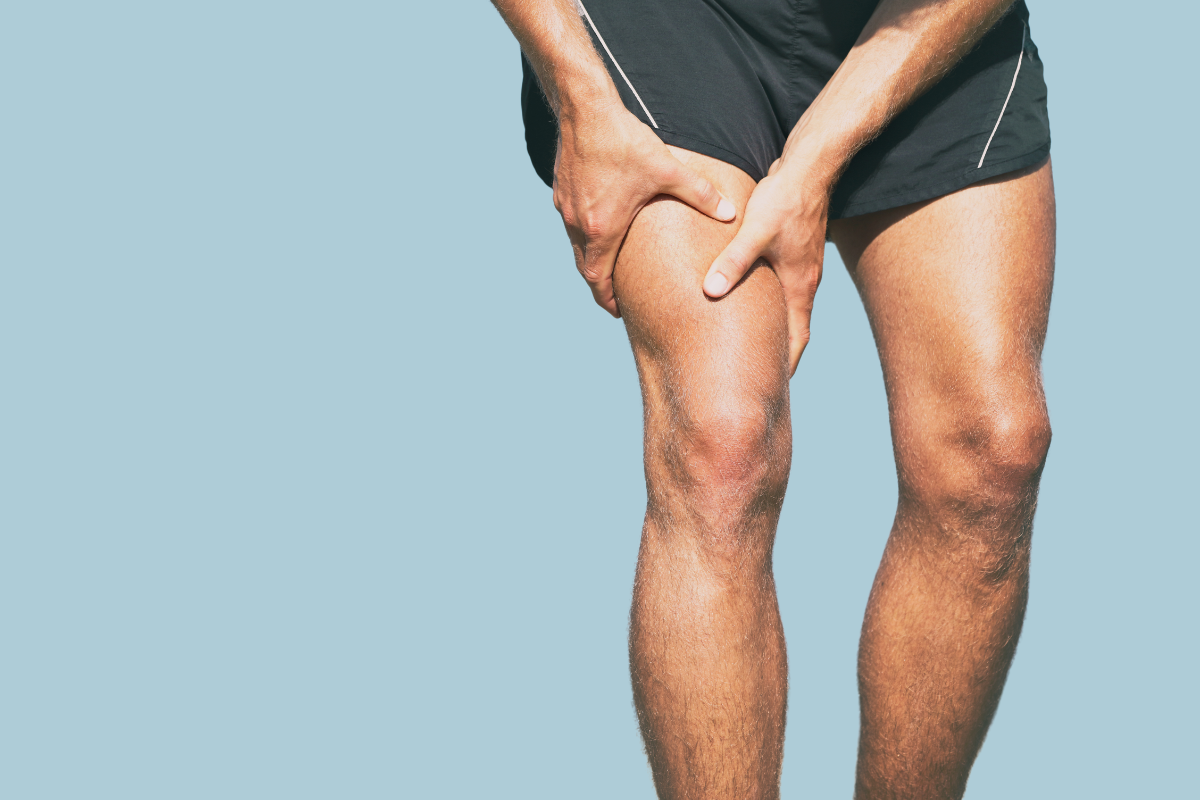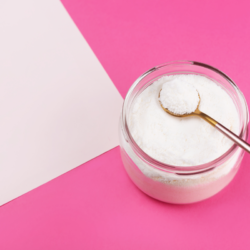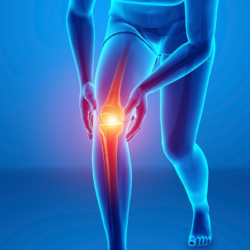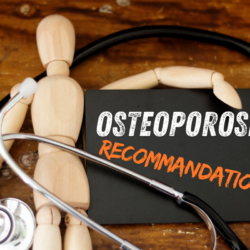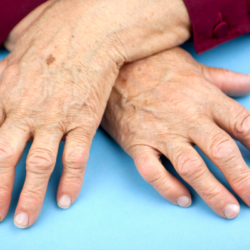What are cramps?
Muscle contractures or cramps affect muscles that are used intensely without prior warm-up. It is an involuntary, sudden and painful contraction of a muscle segment or several muscles lasting a few seconds.
What is a cramp?
Cramp occurs more quickly than muscle soreness, after exercise that is too intense or lasts too long, or following heavy perspiration. It prevents full mobility of the affected limb and is encouraged by a muscle injury that has not fully healed. Pain is increased by palpation and movement. Induration may be felt.
Little is known about the origin of nocturnal calf cramps and why they tend to occur at night; it is possible that it is due to a lack of water or mineral salts.
Muscle cramps are said to be essential because they have no apparent cause, and they affect adults of all ages, but are more common in the elderly.
Cramps can also be linked to neuromuscular disorders, impaired nerve conduction or motor control dysfunction. Research shows that imbalances in the excitability of motor neurons may favour the onset of nocturnal cramps.
How can cramps be avoided?
Certain simple measures or precautions can help prevent contractures, and any treatment should only be considered once these preventive measures have failed. Education and awareness of good practice are essential to prevent cramp. Adopting appropriate warm-up routines, adjusting training loads and respecting optimal rest periods all help to limit the occurrence of muscle contractures.
Nutrition
Consume sufficient carbohydrates (sugar) before exercise (refer to “Scandinavian dissociated diet and its derivatives”) and also during exercise if it is long; not forgetting a recovery ration adapted to the effort made.
- Eat a balanced and varied diet to avoid vitamin and/or mineral deficiencies. Aim for a good acid-base balance in the body by favouring alkalinising foods, fruit and green vegetables, and reducing the fat content of cooked meats and fatty meats.
Potassium, which plays an important role in nerve impulse transmission, can be found in foods such as pulses, wheat germ, lentils and spinach
For magnesium, eat cereals, green vegetables and fish, and avoid refined products such as bread - Eat a dairy product with each meal (to increase calcium intake).
- Consult your doctor if you are on a low-sodium diet or taking diuretics
Drinks
Keep sufficiently hydrated: drink at least 1.5 litres of water a day.
- Choose a mineral water rich in magnesium.
- Drink a little water before exercise, then more afterwards
- Be careful not to drink too much coffee or tea before exercise, as caffeine can cause cramps.
- Reduce your alcohol intake.
Medications responsible for cramps
Certain drugs can cause cramps, such as anti-asthmatics (terbutaline, salbutamol), cholesterol-lowering drugs (statins), antibiotics in the quinolone family, diuretics, nifedipine, angiotensin II inhibitors and acne medication.
Medicines used to prevent and treat malaria, certain cancer treatments (Cisplatin), treatments for HIV infection (AIDS), lithium, etc. can also cause cramps.
Physical activity
- Take regular exercise to improve blood circulation.
- For sportspeople, it’s important to do an effective warm-up before exercise to limit the onset of cramp. It should be sufficiently long, gradual and appropriate (general stretching and relaxation, followed by movements specific to your sport).
- Keep hydrated. Don’t forget to drink before, during and after exercise, even when you’re swimming…
- During exercise, adopt good posture and vary your movements as much as possible to avoid using the same muscles all the time. Don’t go beyond your capacity, know when to stop and stretch regularly during exercise
-
Don’t stop suddenly: end your physical activity gently by stretching, to restore elasticity to contracted muscles. Stretch your muscles smoothly, 5 times each for about 10 seconds
Exercise to prevent calf cramp
Do the following exercise several times a day:
Stand facing the wall, about fifty centimetres from it, then lean against it, bending your arms and keeping the sole of your foot in contact with the ground. Then hold the position for ten to twenty seconds, feeling a slight tension in your calf. Release the tension. You can feel the muscle relax. After a few weeks, the cramps may disappear.
In addition, regular muscle-strengthening exercises and passive stretching can limit the occurrence of cramps, by improving neuromuscular function and reducing excessive tension in the muscles involved.
Finally, we recommend incorporating gentle joint mobilisation to improve the calf’s range of movement, as well as light manual therapy, in the form of massage or mobilisation, to encourage blood circulation.
Heat
Take a hot bath or shower after exercise to relax muscles and soothe pain. Local application of heat can be followed up with heating patches or compresses.
What should I do if I suffer from cramps?
If cramps appear:
- Slowly stretch the affected muscle group for about thirty seconds.
- Massage simultaneously to encourage vascular drainage of the muscle.
- Contract the muscles opposite those that are causing you pain
- Apply ice to the contracted muscles
- Resume activity slowly.
- Take a hot shower.
In addition to stretching and massage, certain physiotherapy techniques such as passive mobilisation or TENS (transcutaneous electrical stimulation) can be used to relieve pain and promote muscle recovery.
Finally, cramp treatment should be comprehensive: in addition to immediate measures such as stretching and hydration, an integrative approach is recommended, including active exercise, appropriate education and, if necessary, physiotherapy support to reinforce long-term prevention.
Source:
- Demont Anthony, Martin Sébastien, Chaumeil Théo. Synthèse des recommandations de traitements kinésithérapiques pour la prise en charge de patients présentant une pathologie impliquant de la douleur. INSERM 1123 ECEVE, Université Paris-Diderot, 2021

